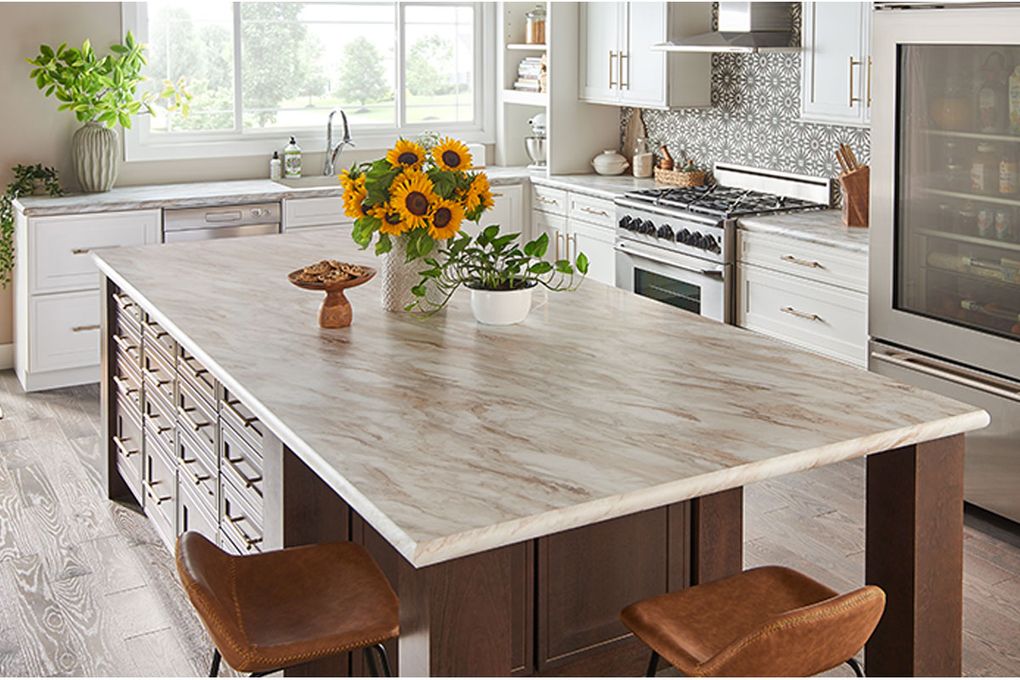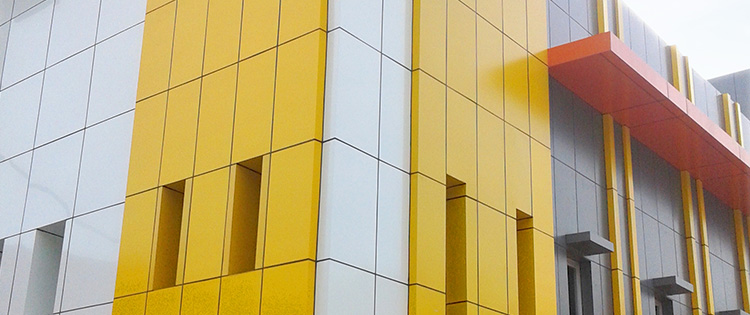All-Important Home Office Furniture
Home offices may have a more relaxed ambience but they’re still a hub of activity. As such, they need to have all necessary furniture components along the lines of a conventional office. These components not only create a professional look but are required to encourage work.
When selecting home office furniture, it’s important to take stock of the size of the room, whether the office is to be used every day, how much work you intend performing, whether clients will be invited over and whether staff will be employed. For homeowners who don’t have to meet clients or employ anyone, a basic office with a chair, workstation and a couple of filing cabinets are sufficient. If the setting must be larger and more professional, you’ll need the components given below.
A sturdy workstation
Don’t compromise on a good workstation because it’s where most of the work will be done. A sizable computer desk with enough space for a PC, computer cabinet, UPS, keyboard and a mouse as well as drawers for storing immediate essentials should make up the structure. You can choose solid or engineered wood though the first is typically expensive and heavy.
Chairs
Your chair should have proper lumbar support, be height adjustable, swivel-based if you need some mobility and of breathable fabric to allow ventilation. For visitors, set up two chairs behind the workstation so you can be on eye-level with them. Invest more in your computer chair than for the other two because it’ll be used for hours at a stretch.
Cabinets
Get as many cabinets as you require and even a few extra because storage space is extremely important. Even if you don’t do much paperwork, you still need them for storing CDs, DVDs, files, stationery, ink cartridges and the like.
Cabinets are made in different configurations, some designed solely for containing frequently used files and others for rarely retrieved objects. Frequently filed and frequently retrieved files are best placed on open shelves built of quality materials. Paperwork not filed frequently or retrieved frequently can be stored in more inexpensive vertical file cabinets with a locking mechanism.
If possible, contract cabinet makers to design and built custom cabinets to match the décor of the office. You won’t be disappointed with the results.
Lighting
Make use of as much natural light during the day but when late afternoon rolls in, utilize desk lamps and standing lights. The glare from computer screens can put a huge strain on the eyes after a couple of hours so it’s important that the office is well-illuminated. If you aren’t using a computer, table lamps are necessary for task lighting in addition to ambient light.
Bookshelves
Have more storage space with bookshelves. Aside from holding books, they can be used to store hard disks, more stationery and personal effects to take the edge off a cold-looking home office. The number and size of bookshelves will depend on how many items you use and need to store.
When designing home offices, try to balance comfort and functionality. You can go for any décor style as long as the design allows you to be at your most productive and efficient. For example, you want a transitional interior but in order to do that, you need to sacrifice functionality. Not only will this affect how you work but it won’t motivate you to work. So rather than follow only form, focus on functionality and then consider form.




:max_bytes(150000):strip_icc()/GettyImages-559025517-2000-b3bece30a9074ec3958a4d39f69f2a79.jpg)


